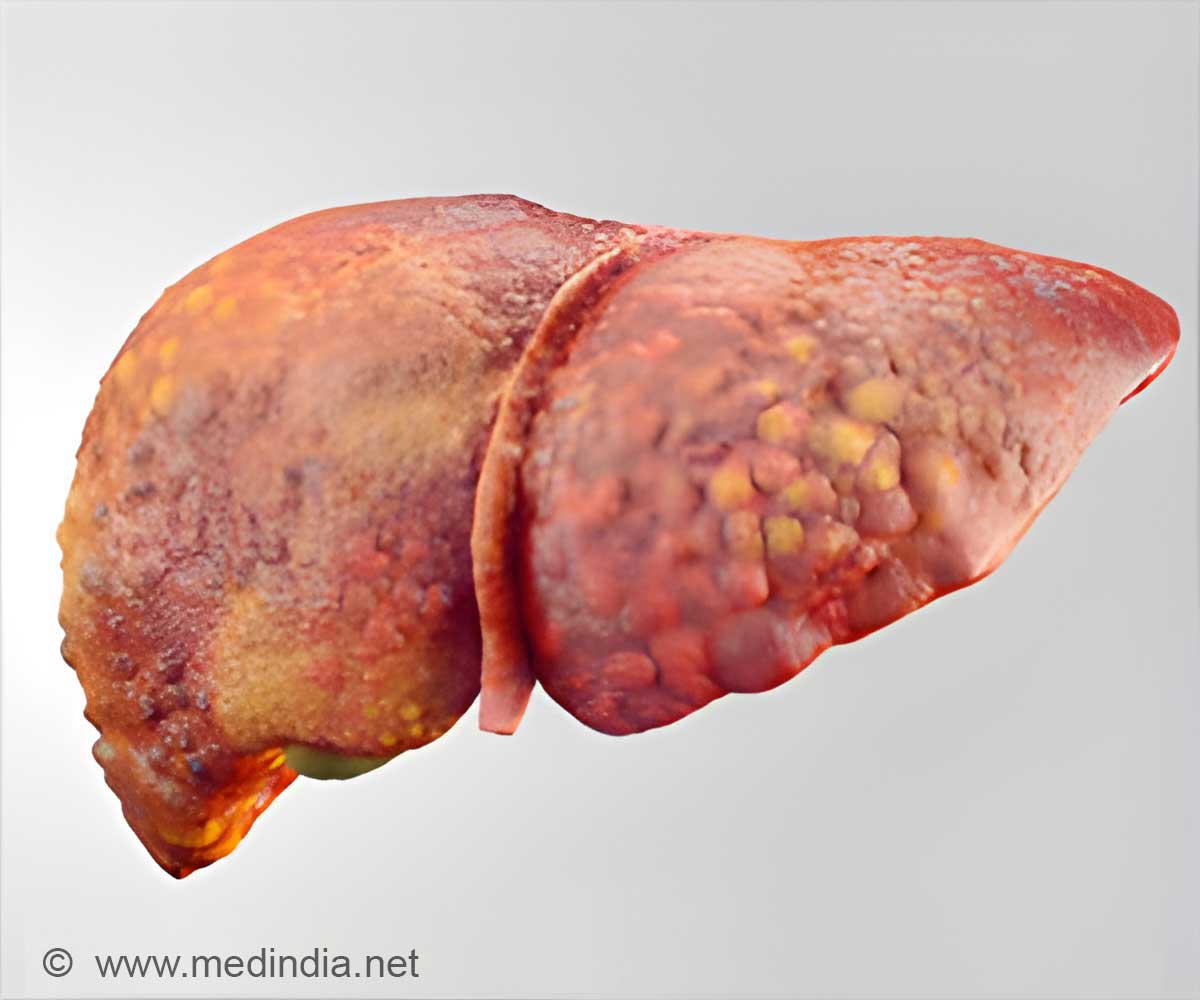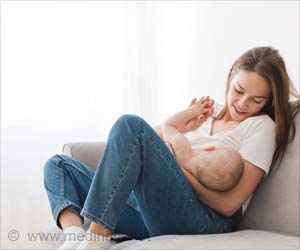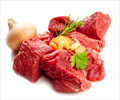New study has discovered a novel cause of how fatty liver disease develops in lean people, aiding the development of possible treatments for these patients.

‘Fatty liver disease, a condition characterized by a build-up of fat in the liver, affects a quarter of the world's population.
’





The worldwide epidemic of NAFLD is thought to mainly be driven by an unhealthy lifestyle with little physical activity and a diet high in saturated fats, sugar, and fructose. In these overweight and obese patients, weight-loss brought about by lifestyle modification is considered most effective and safe to treat NAFLD and reduce the risk of advanced forms of liver diseases, such as cirrhosis or liver cancer, type 2 diabetes and cardiovascular diseases (CVD). However, NAFLD can also be found in lean people. These patients either have genetically-determined lipodystrophy, acquired lipodystrophy syndromes or HIV-lipodystrophy, which are all characterized by a dramatic reduction in fat mass under the skin and an increase of fat inside the abdomen and in the liver.
Thomas Eigentler and Diana Lomberg from the Department of Dermatology of the University Hospital of Tübingen, Germany, and Jürgen Machann and Norbert Stefan, from the Department of Internal Medicine IV of the University Hospital of Tübingen, the Helmholtz Zentrum München and the German Center for Diabetes Research (DZD), have now detected a novel cause of acquired lipodystrophy.
They report the case of a 45-year-old woman having malignant melanoma, a skin cancer, which was effectively treated with the programmed cell death protein 1 (PD-1) inhibitor Nivolumab. This and other so-called "checkpoint inhibitors" have revolutionized the treatment of cancer, especially malignant melanoma.
However, therapy with these checkpoint inhibitors is also associated with adverse events that commonly affect the skin, gastrointestinal tract, lungs, and endocrine system. Towards the end of treatment with Nivolumab, Stefan and colleagues found in their patient's very high levels of lipids, a newly developed diabetes, and a severe form of NAFLD. This was completely unexpected, particularly because their patient lost 31 kg of body weight. Tissue biopsy of her subcutaneous fat and magnetic resonance imaging resulted in the diagnosis of acquired lipodystrophy with a severe form of inflammation of her fat. This may have been triggered by the immunomodulatory function of checkpoint inhibitors in the patient, who was previously diagnosed with asymptomatic mastocytosis, an immune-cell related disorder.
Advertisement
Stefan, who is a Professor of Diabetology at the University of Tübingen, and a Visiting Professor at the Harvard Medical School, Boston, concludes that "it is important that clinicians treating patients with checkpoint inhibitors should be aware of a newly-identified adverse event associated with such therapy. Inflammation of adipose tissue, resulting in severe fatty liver, may occur. In such conditions, specific pharmacotherapy, possibly involving mechanisms to increase the amount of subcutaneous fat mass, and, thereby, keeping the lipids in safe storage space, may be very helpful in these patients."















